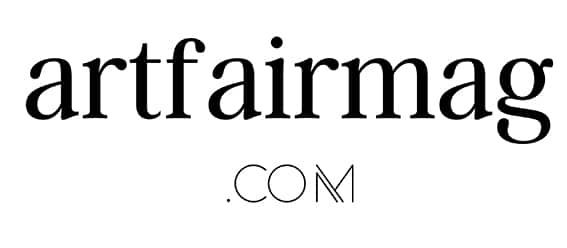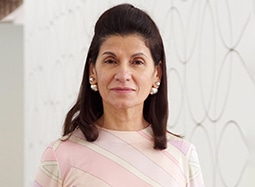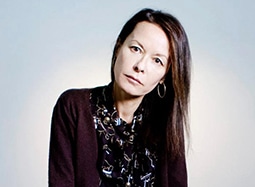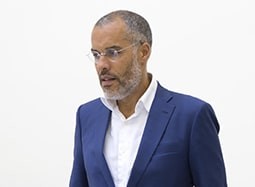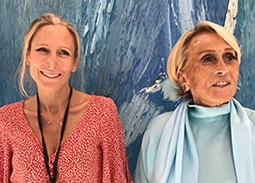Tornabuoni Art
Created in Florence in 1981 by Roberto Casamonti, Tornabuoni Art has established itself as a leading gallery for Post-War Italian art, with famous artists as Burri, Fontana, Castellani, Boetti and Bonalumi. It also presents artists of the Novecento, as well as International 20th century avant-garde masters, such as Picasso, Mirò, Poliakoff and Basquiat. In the past decades, it has confirmed and extend its influence by opening 5 additional exhibition spaces: Crans Montana in 1993, Milan in 1995, Forte Dei Marmi in 2004, Paris in 2009 and London in 2015. The two last galleries were created by Roberto’s son, Michele Casamonti.
Tornabuoni Art
Created in Florence in 1981 by Roberto Casamonti, Tornabuoni Art has established itself as a leading gallery for Post-War Italian art, with famous artists as Burri, Fontana, Castellani, Boetti and Bonalumi. It also presents artists of the Novecento, as well as International 20th century avant-garde masters, such as Picasso, Mirò, Poliakoff and Basquiat. In the past decades, it has confirmed and extend its influence by opening 5 additional exhibition spaces: Crans Montana in 1993, Milan in 1995, Forte Dei Marmi in 2004, Paris in 2009 and London in 2015. The two last galleries were created by Roberto’s son, Michele Casamonti.
Modern Art
16 Avenue Matignon
75008 Paris, FR
+33 1 53 53 51 51
info@tornabuoniart.fr
Lungarno Benvenuto Cellini, 3
Firenze – 50125, Italy
+39 055 681 2697
info@tornabuoniarte.it
Via Fatebenefratelli 34/36
Milano – 20121, Italy
+39 02 655 4841
milano@tornabuoniarte.it
Piazza Marconi 2
Forte dei Marmi – 55042 Italy
+39 0584 787030
fortedeimarmi@tornabuoniarte.it
Rue Centrale, 5
3963, Crans Montana, Switzerland
+41 27 481 20 50
crans@tornabuoniart.com
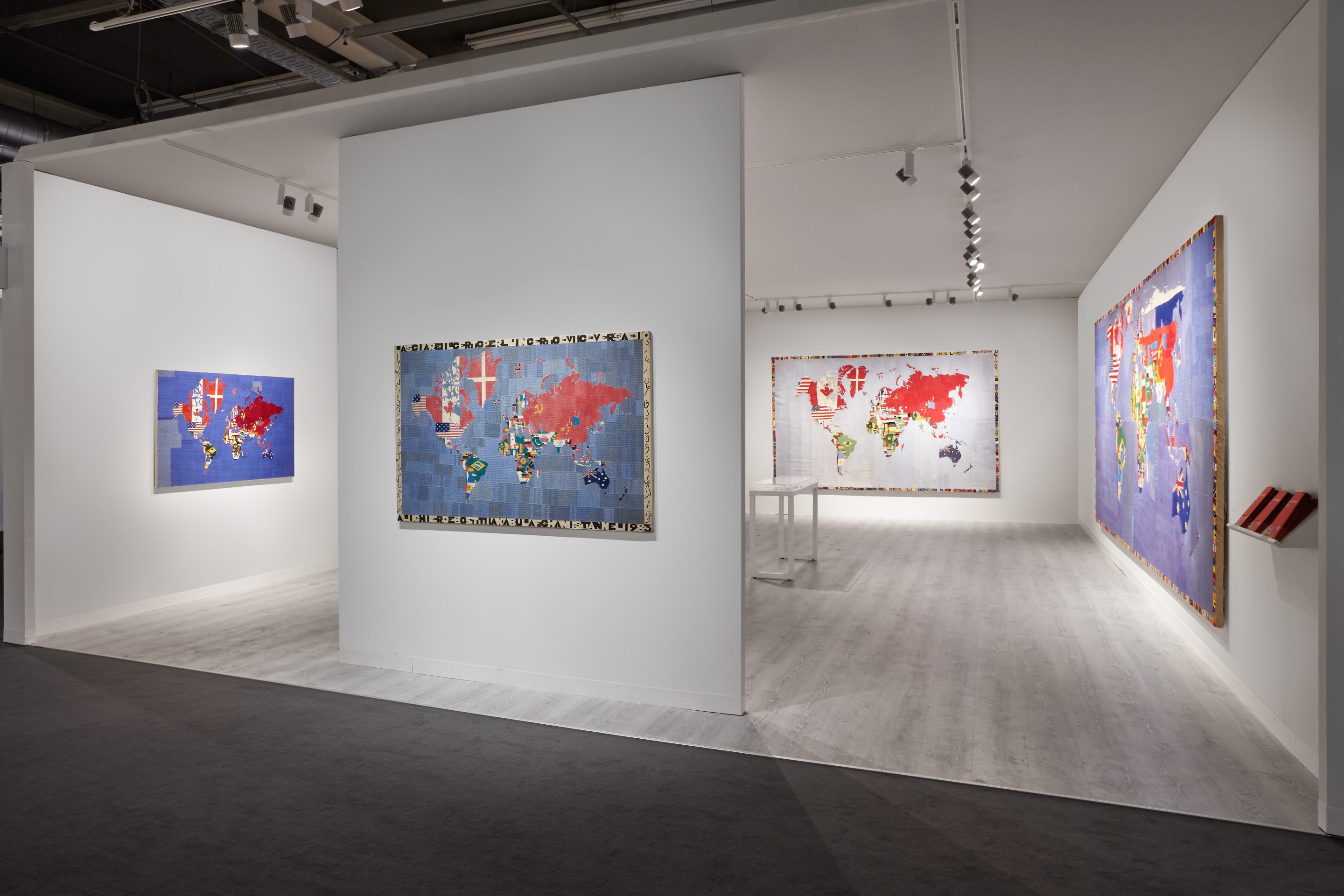
Art Basel 2019
Tornabuoni Art
All our Interviews

Read all our exclusive interviews with antique, modern, contemporary & primitive art dealers.

Interview with Francesca Piccolboni ~ Paris Director
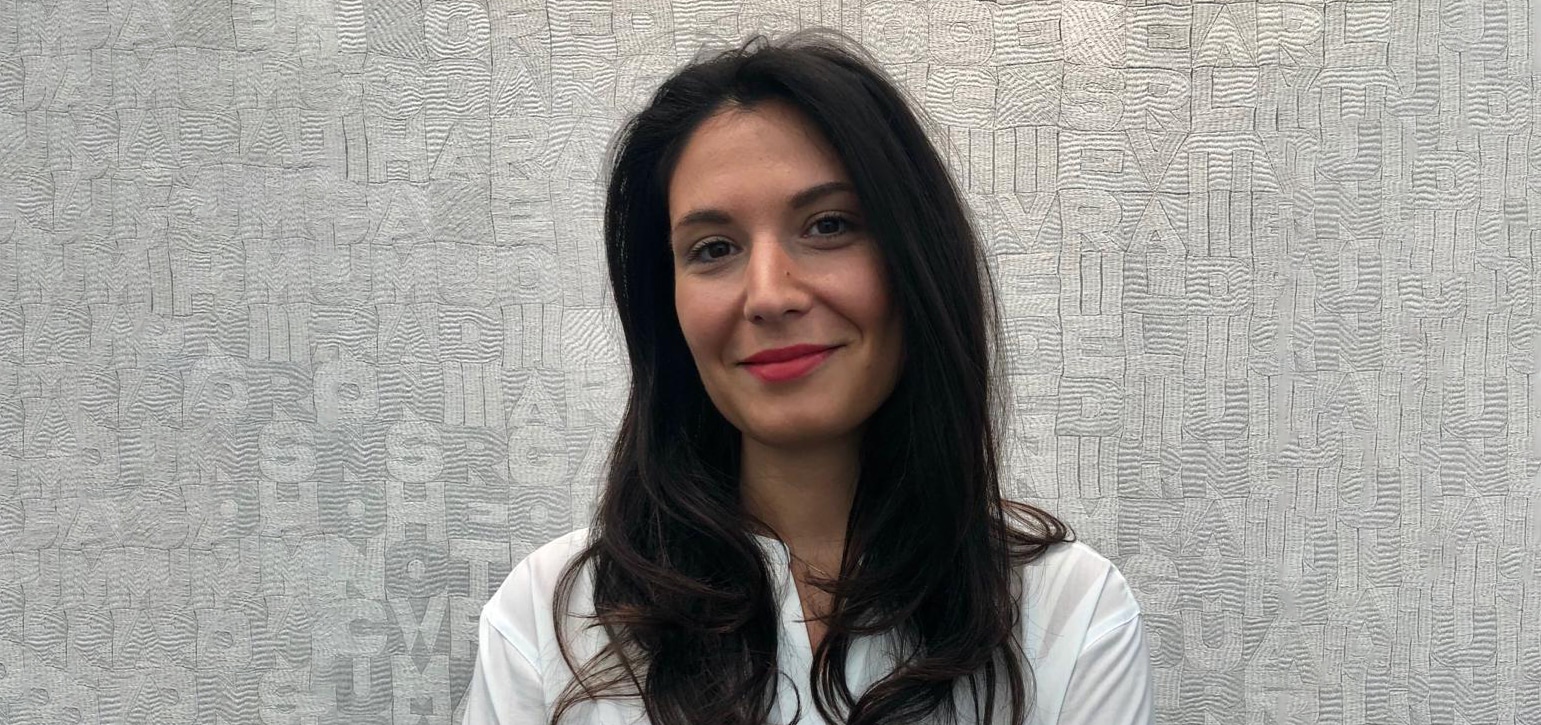
Francesca Piccolboni, Director of the Parisian gallery, 2019
Interview by Pauline Loeb-Obrenan, founder of artfairmag.
Tornabuoni participates in major international art fairs such as FIAC in Paris, TEFAF in Maastricht and New York, Art Basel, Art Basel in Miami and Hong Kong, Arte Fiera in Bologna, miart in Milan, Frieze Masters in London, or artgenève in Geneva. I spoke with Francesca Piccolboni the director, director of the London gallery, about Tornabuoni Art and its relationship with art fairs.
artfairmag: Tornabuoni Art participates in many major art fairs as the three editions of Art Basel, TEFAF, FIAC, Frieze, Masterpiece, La Biennale Paris, artmonte-carlo, miart, etc. Do you approach all of them the same way or do you have to adapt according to each fair’s DNA?
Francesca Piccolboni: The gallery participates in 19 art fairs, 5 in Italy and 13 abroad. We take part into these initiatives always showing our identity, putting at the centre of our booths a focus on the Post War Italian Art with a particular attention to the artists that we have been representing from different years such as Fontana, Boetti, Burri, Castellani and Scheggi. Although, we tend to shape our program from fair to fair, for example, in the last 6 years, in Basel we have been presenting monographic stand. We use the art fairs as an opportunity to show the research made by our gallery through solo-artist focus (Scheggi, Scarpitta, Fontana, Burri, Boetti). These types of projects are difficult to realize and they require a work that starts 24/ 12 months before the fair. Moreover, these projects are quite always accompanied by a specific catalogue that we realize together with international curators and artists’ foundations.
At TEFAF New York and Maastricht we tend to give more importance to the Italian Art belonging to the first half of the twentieth century, presenting artists such as de Chirico, Morandi, Severini, and Balla. At FIAC in Paris and Frieze Masters in London – being these fairs based in those cities where Tornabuoni Art has its own galleries – we pay attention to make strong connections between the works show at the booth and those included in the exhibitions of our galleries.
artfairmag: As mentioned, Tornabuoni Art today participates in most of the top art fairs but this was not the case before 2010. Is this evolution related to the changing expectations of collectors and the way they buy art?
F. P.: In the last 10 years, the gallery has been participating in the most important international art fairs. The art world has changed and today would be impossible to develop our gallery activity without the fairs. This latter aspect has acquired more significance than in the early 2000s. The fairs are unique occasions where the collectors can meet in a concentrated time and defined space a wide cultural offer. Visiting more than 100 galleries – as the ones that are generally present in an art fair – would require weeks. Thus, it is normal that the fair will remain a useful tool for the market. Nevertheless, the fair enables to establish only quick relationships with the gallerists, especially during the vernissages. A relationship characterised by more quality and a deep knowledge requires to be developed in different ways.
“The art world has changed and today would be impossible to develop our gallery activity without the fairs.”
artfairmag: Tornabuoni has a reputation for showcasing world famous Italian artists like Fontana or Burri, but it also represents others, less known by the public, as the Arte Povera master Alighiero Boetti. Are fairs an opportunity to highlight them and to get their work more widely known?
F. P.: I think that exists a certain boredom in seeing many fairs with stands that are more or less the same. It is necessary to amaze. Until 10 years ago, there was a common idea to present curatorial exhibitions in the galleries and group shows at the fairs, showing a miscellaneous offer following the (wrong) idea of selling more. Tornabuoni Art has been among the first gallery to be convinced of the opposite. It is particularly useful to present at the fairs cultural projects that do not only have a focus on a single artist, but also on a single type of artwork made by the artist, as we did, for example with the “Fine di Dio” by Lucio Fontana, the “Combustioni plastiche” and the “Mappe” by Boetti. This approch has bring back an incredible interest towards the gallery.
artfairmag: With its 6 exhibition spaces, all located in Europe, Tornabuoni Art is continuously developing. Are you planning to expand in Asia and America or is your participation in art fairs sufficient to build up a clientele there?
F. P.: The art world has been always united and some international galleries have decided to act, increasing their spaces in Asia and America. It is a type of strategy that only a half a dozen of galleries have been able to implement, establishing themselves in North Europe, North America and Asia. Tornabuoni Art is present in four different European countries that are Italy, France, Switzerland and United Kingdom and I do not think that in the next future we will open other galleries in Asia and America. Our way to be present in a global market is creating events even outside our galleries in collaboration with institutions and museums.
More Interviews
Galerie Max Hetzler
Founded in 1974, Galerie Max Hetzler focuses on well-established contemporary artists as well as emerging talent. With 5 locations in Europe, its influence is global.
Almine Rech
Established in 1989, Almine Rech has grown to become one of the most influential female art dealers. Dedicated in contemporary art, the gallery has 6 different spaces.
kamel mennour
Galerie Berès
Founded more than 60 years ago, Galerie Berès focuses since the beginning on French painting of the avant-garde movements in 19th and 20th centuries, and on Japanese art.
